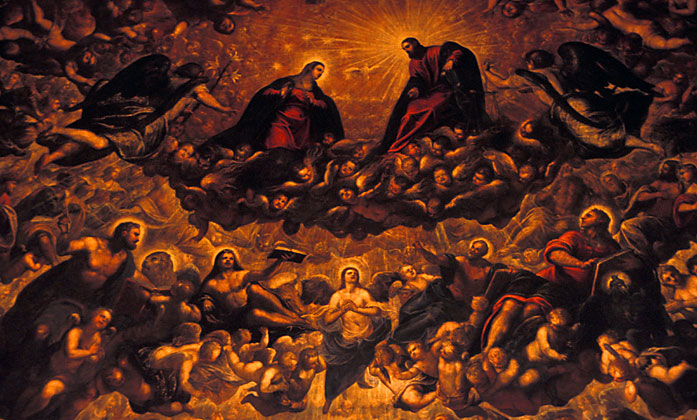On returning to
In the twentieth century, Jean-Paul Sartre added a different element to Tintoretto’s legend. He saw the painter as a sullen revolutionary, one who pursued his own inspiration with such singleminded disregard for the mercantile values of his rich Venetian patrons that he became “an intruder, almost a pariah in his own city”. Sartre was fascinated by Tintoretto’s emphasis on the poverty of Christ and his disciples, reflected not only in his disconcertingly direct approach to the stories of the New Testament, but also in his very technique – his preference for browns, for russets, the low-toned colours of the earth, and for the dirty yellows of manger-straw. In Sartre’s eyes, Tintoretto’s painting expressed a form of Counter-Reformation piety so fiercely attuned to the plight of the working classes as to predict the politics of Marxism.
Although his work has touched many people for many different reasons, Jacopo Tintoretto (1518-1594) has always been above all a painter’s painter. The imprint of his style and his innovations can be seen across time and space, throughout the traditions of subsequent Western art. El Greco was transfixed by the experience of seeing the grand cycle of canvases by Tintoretto in the Scuola Grande di San Rocco in...


